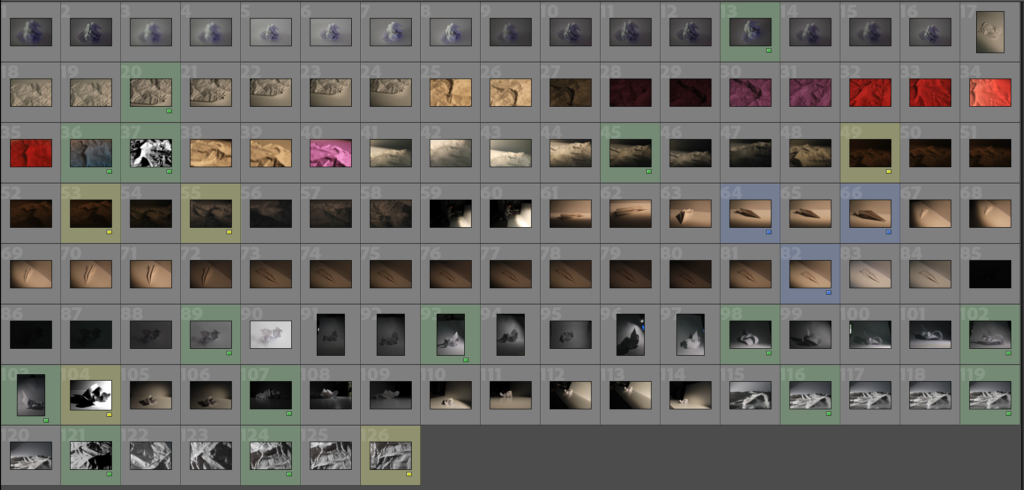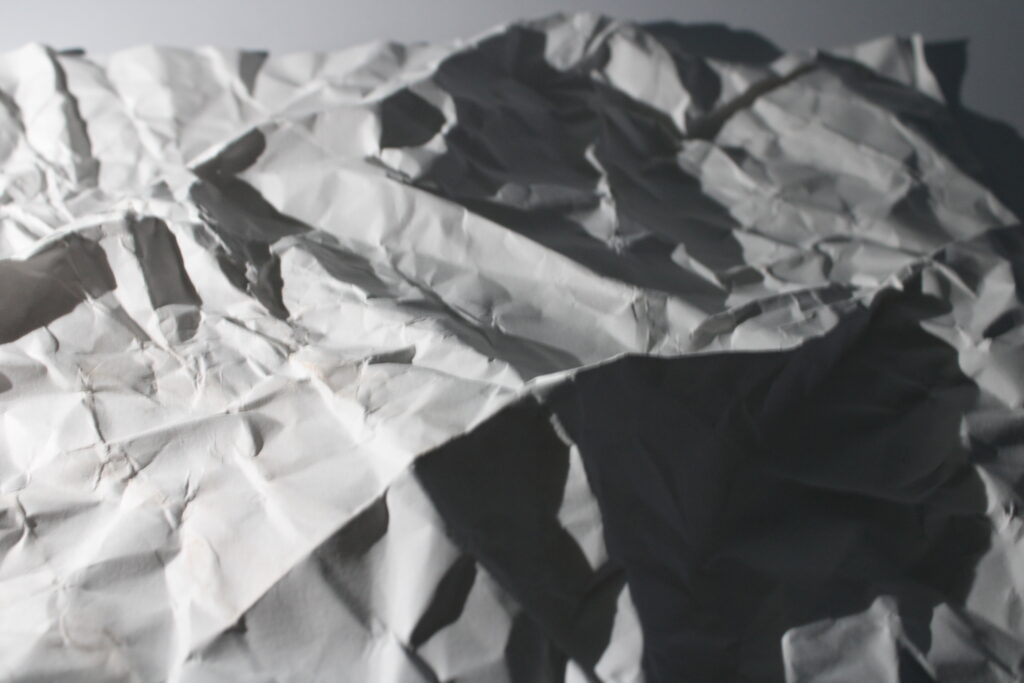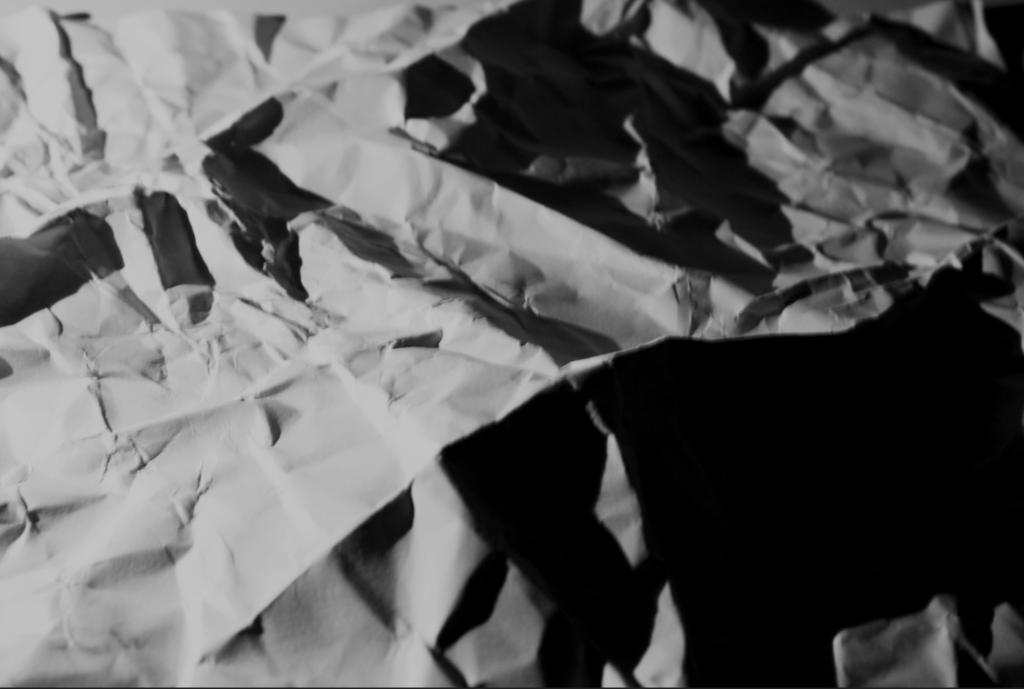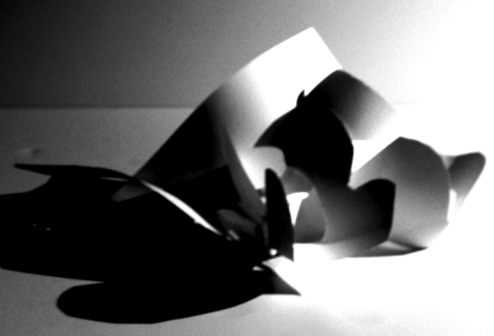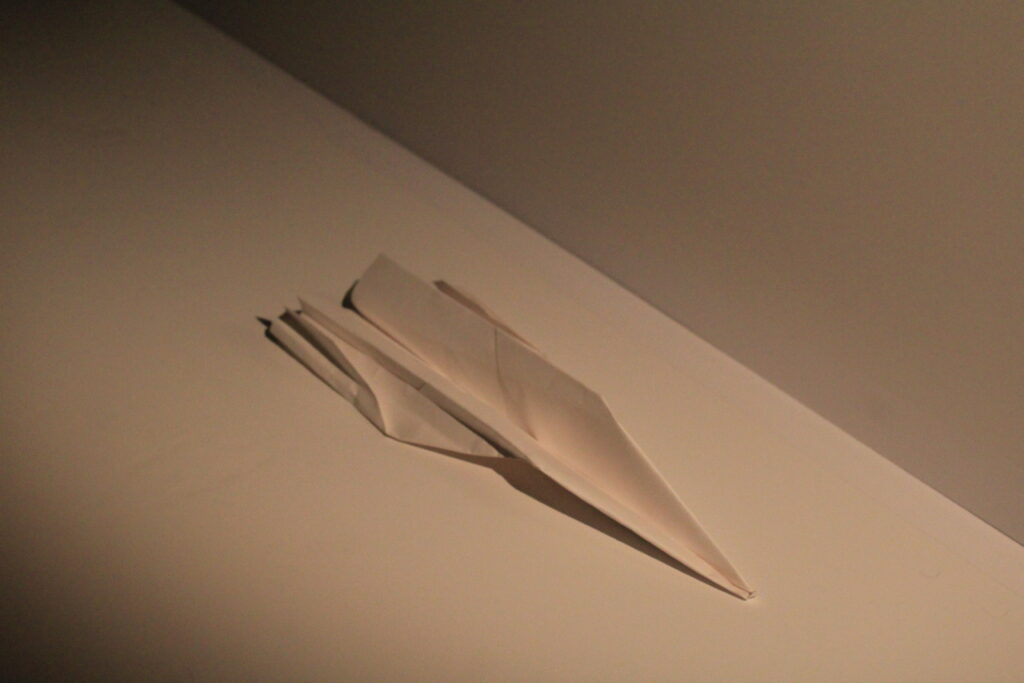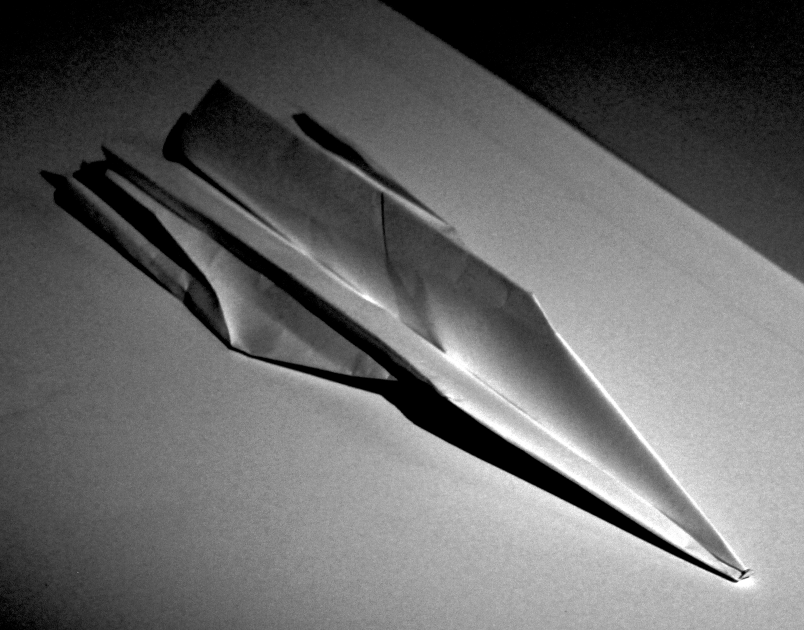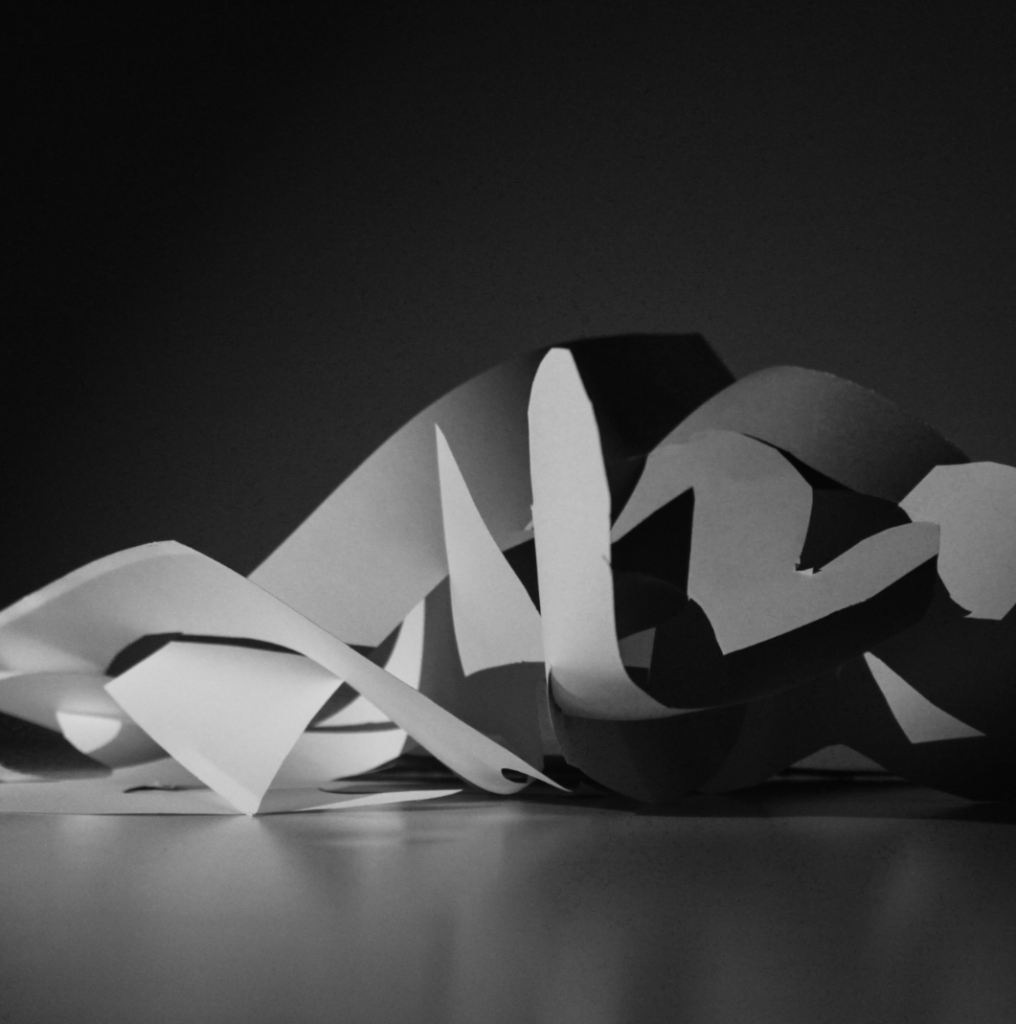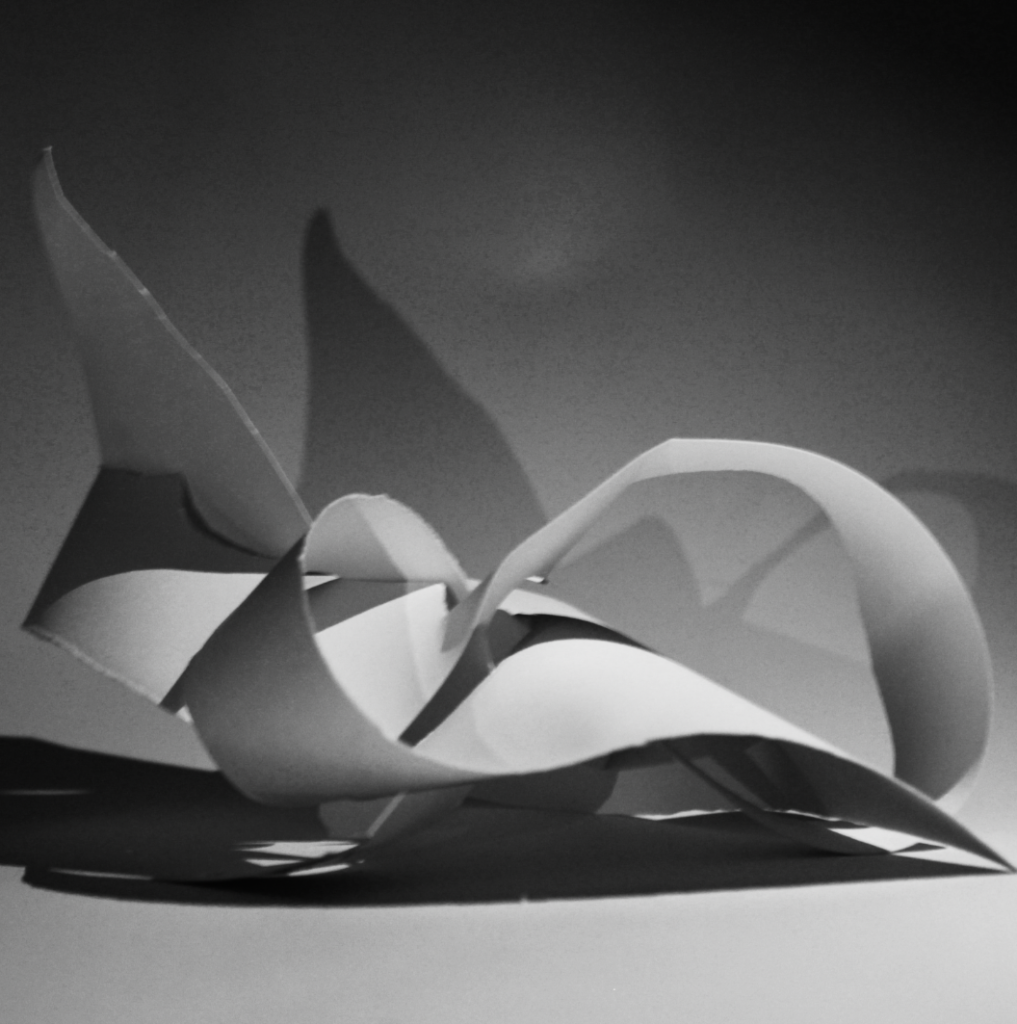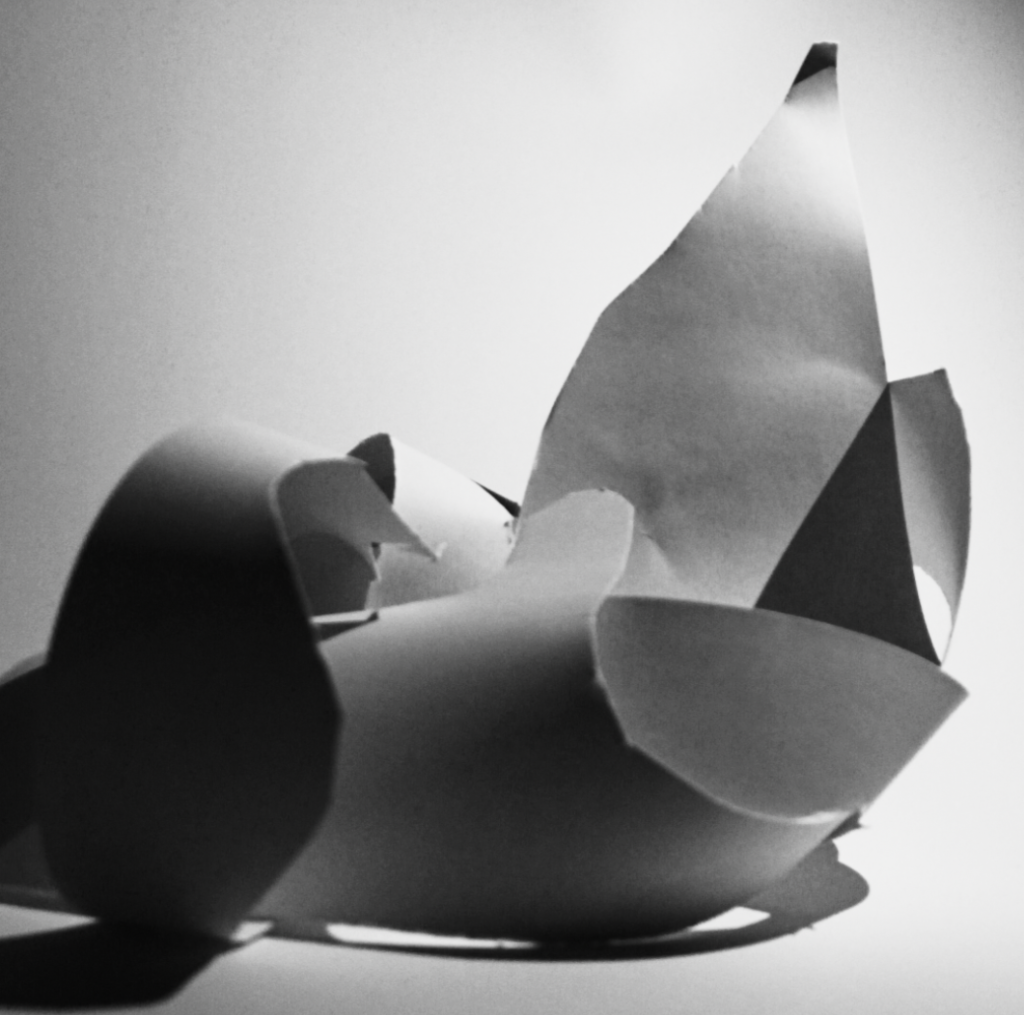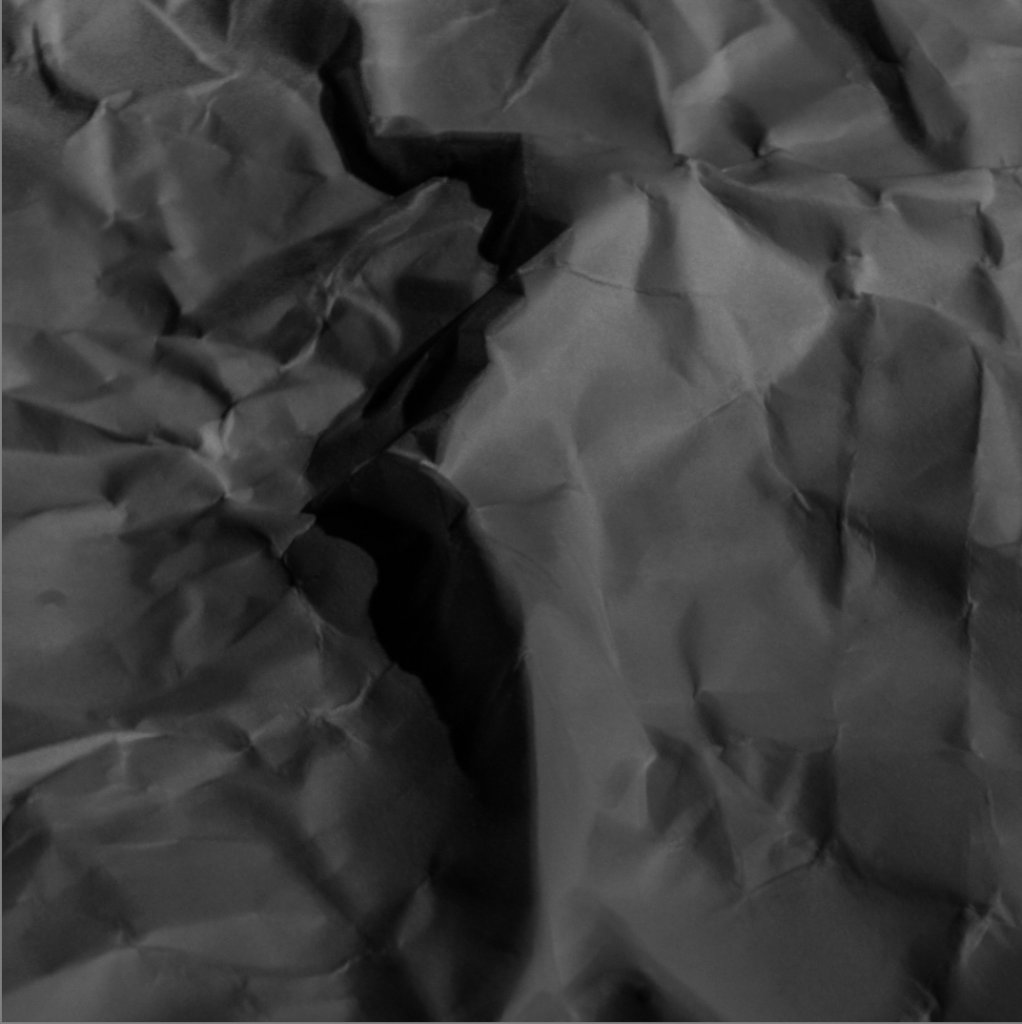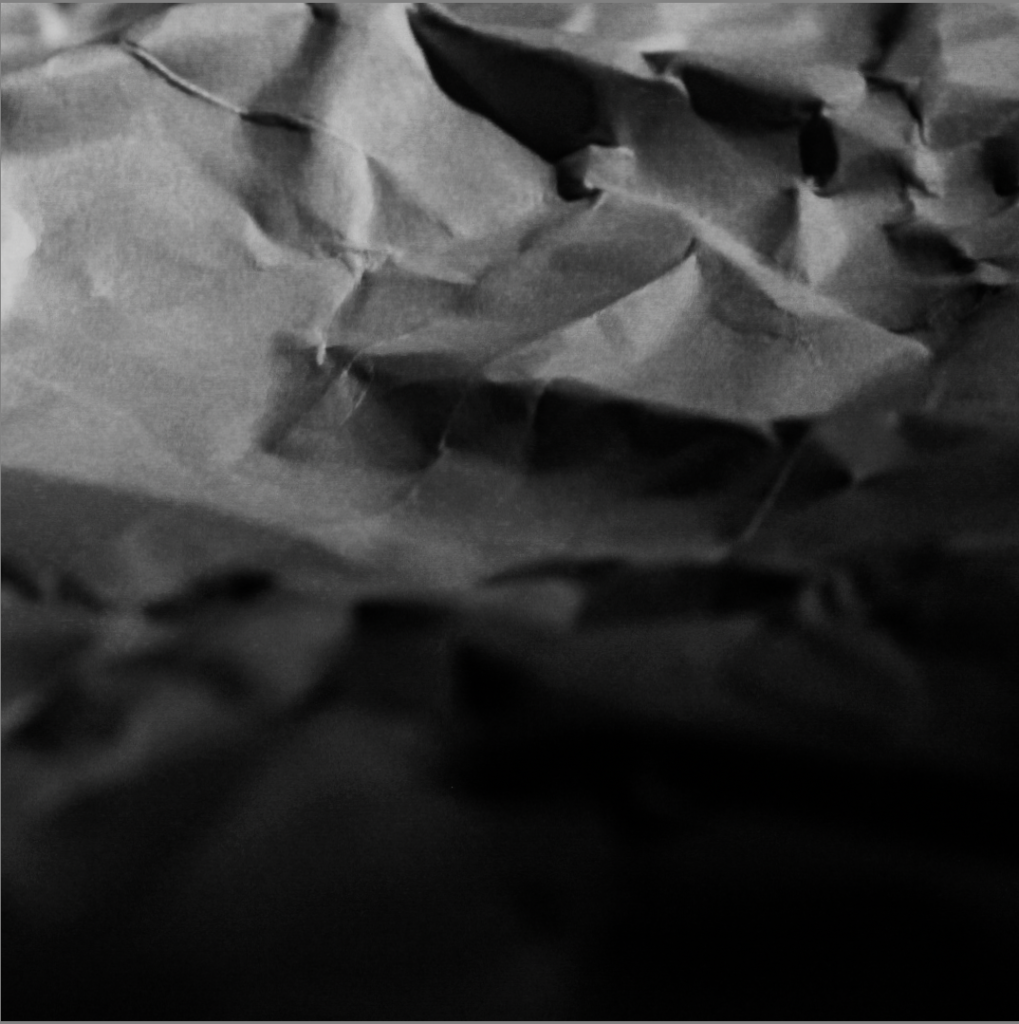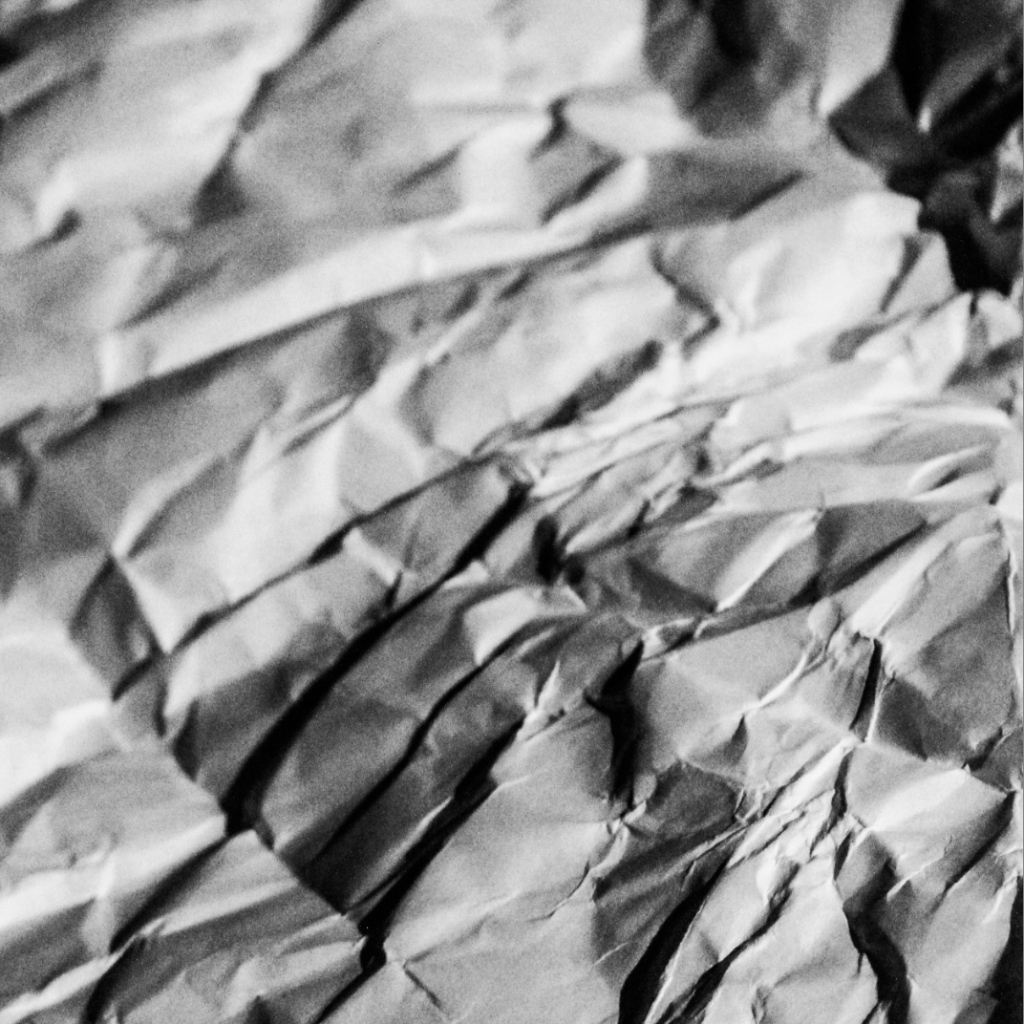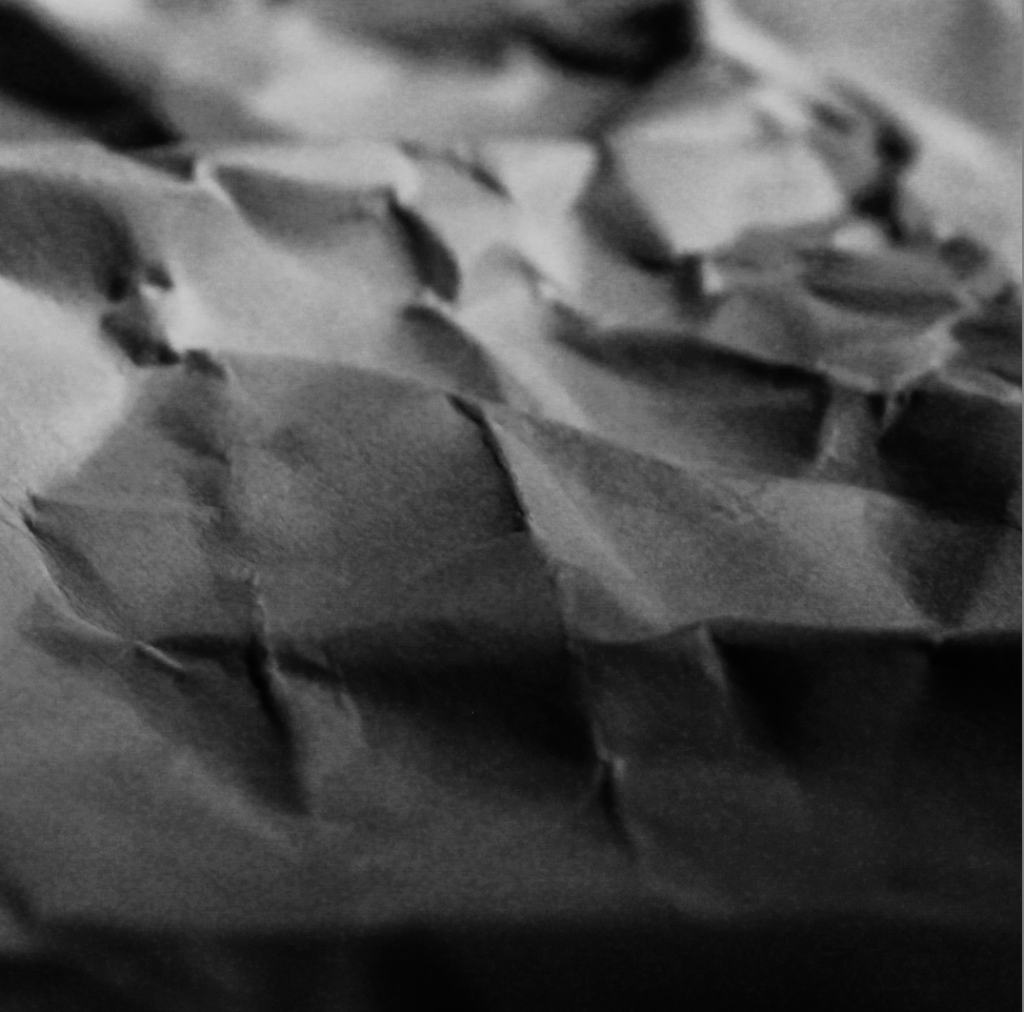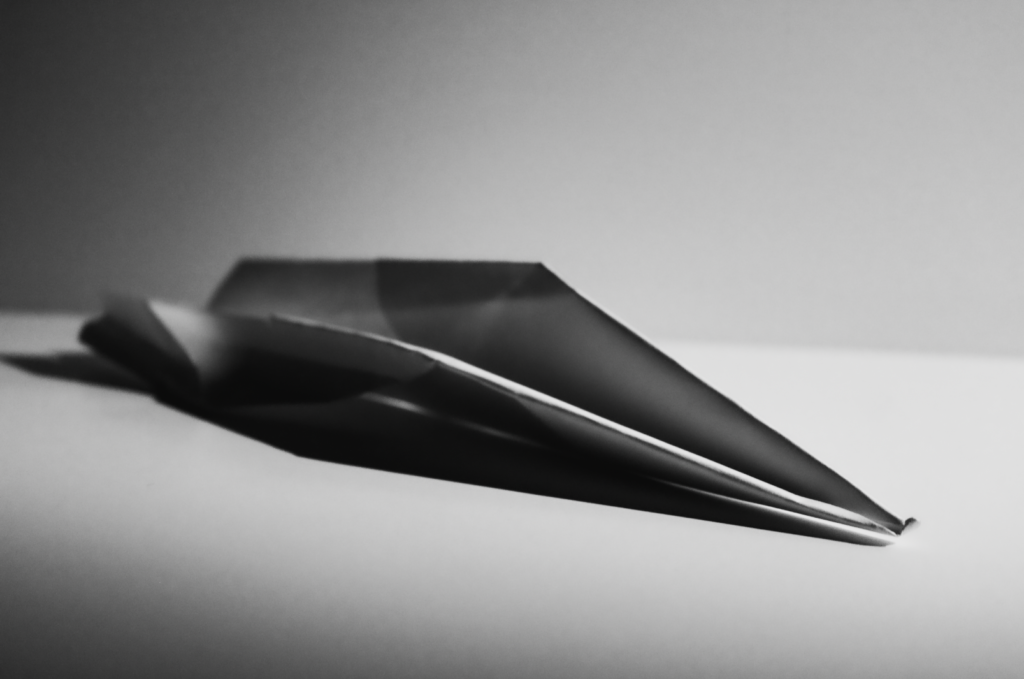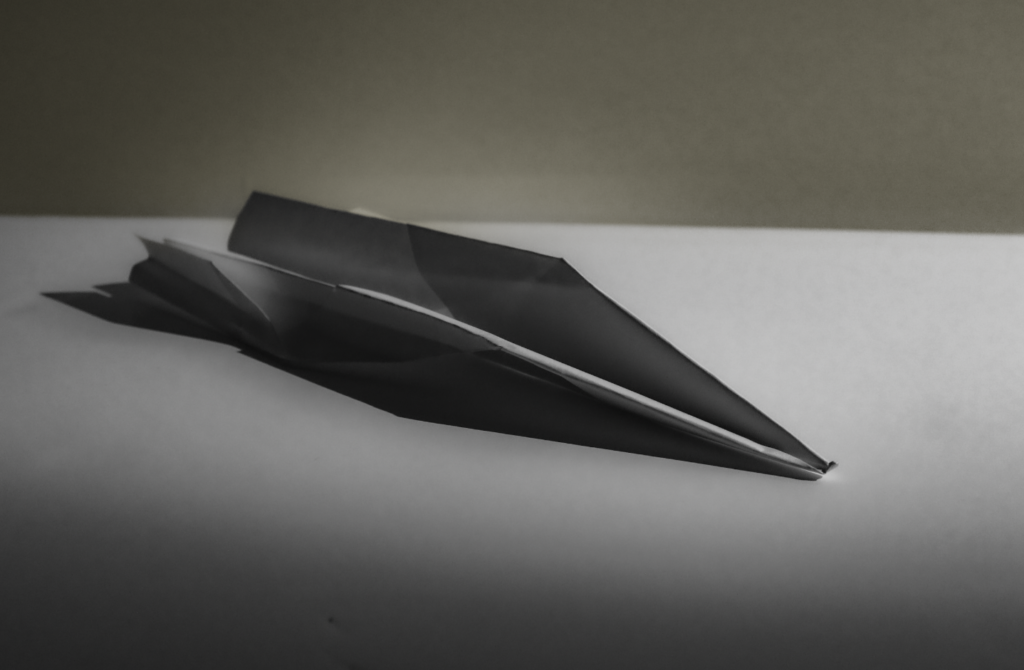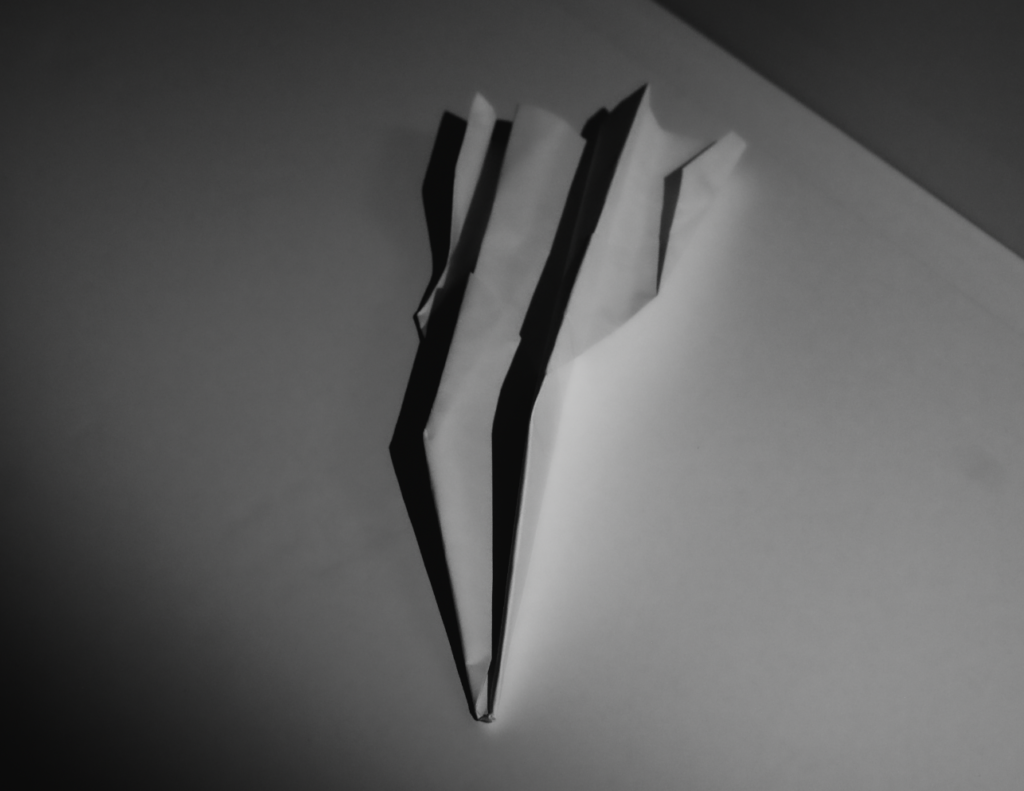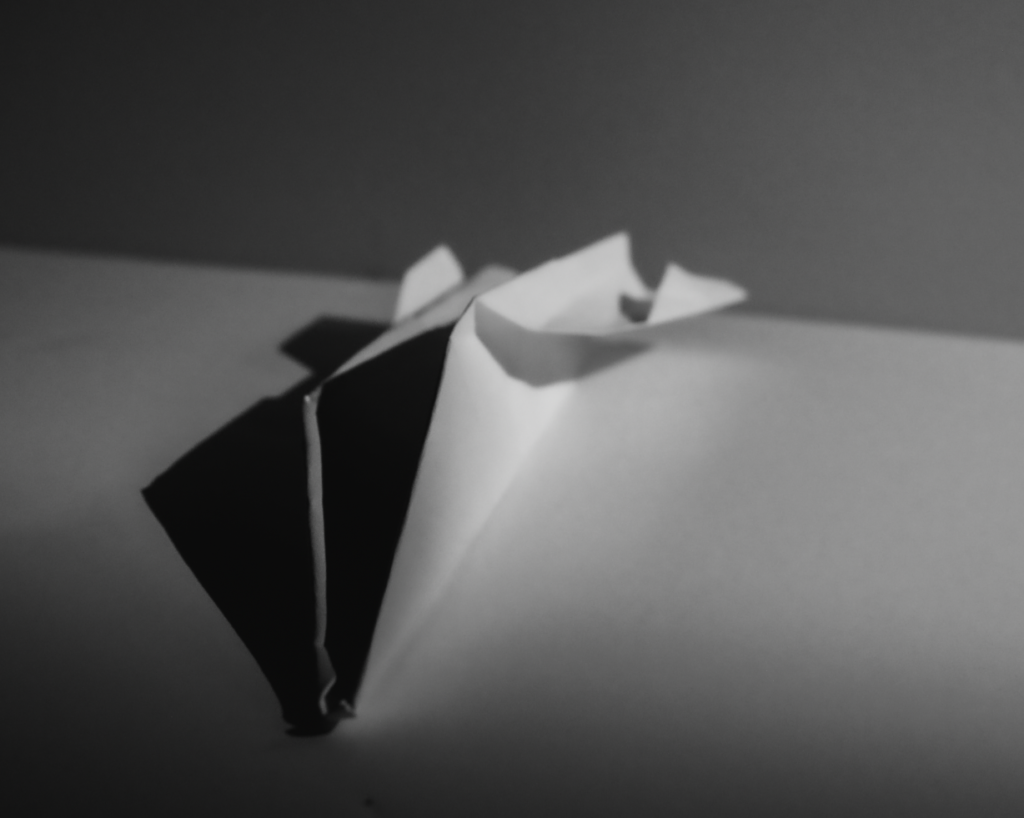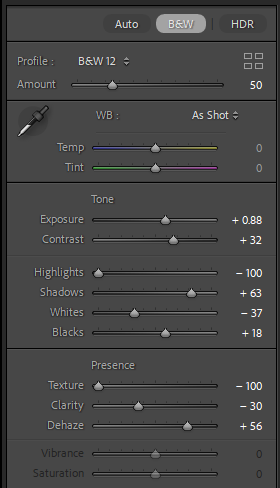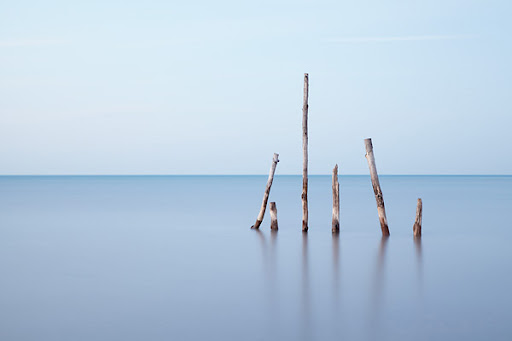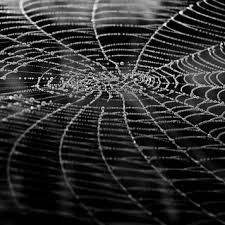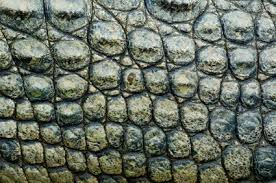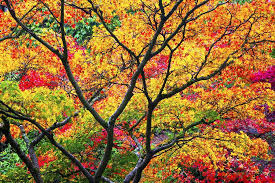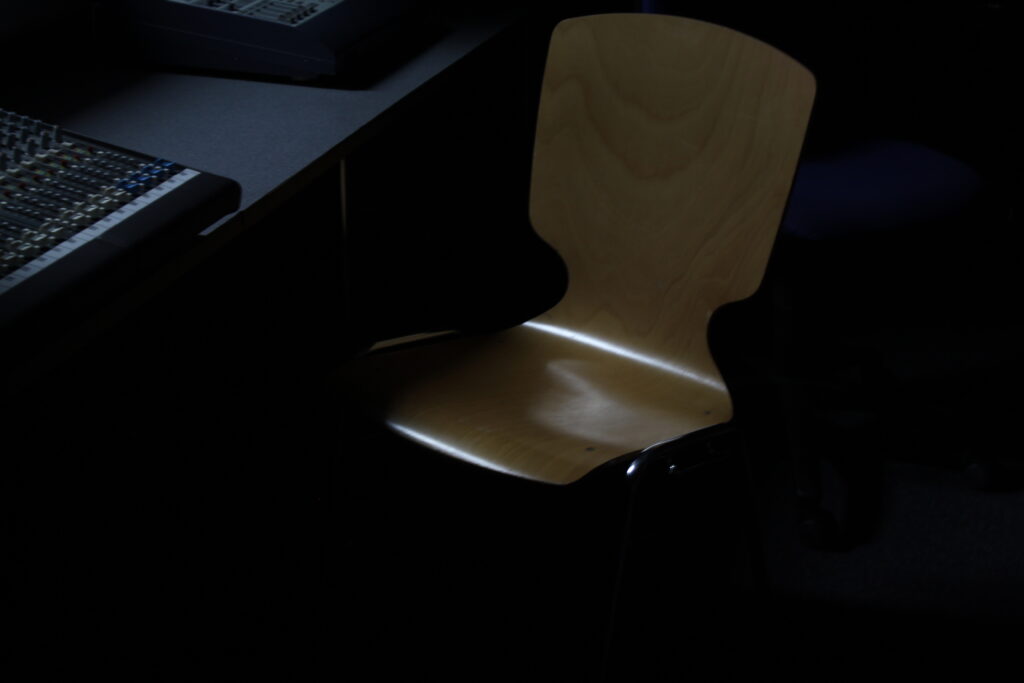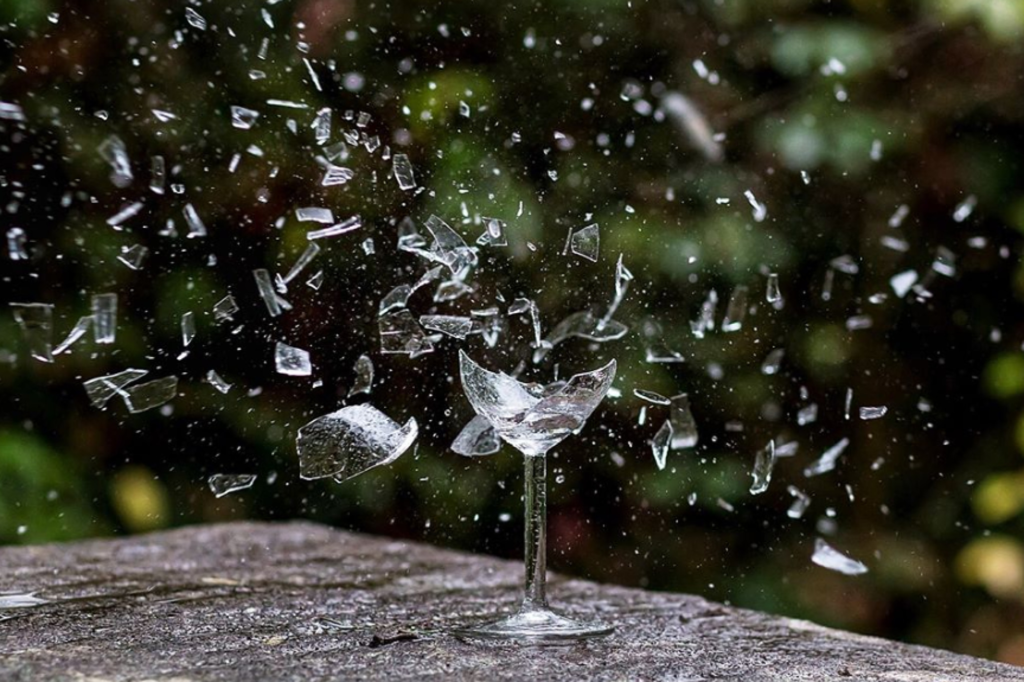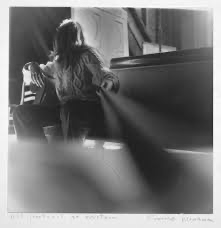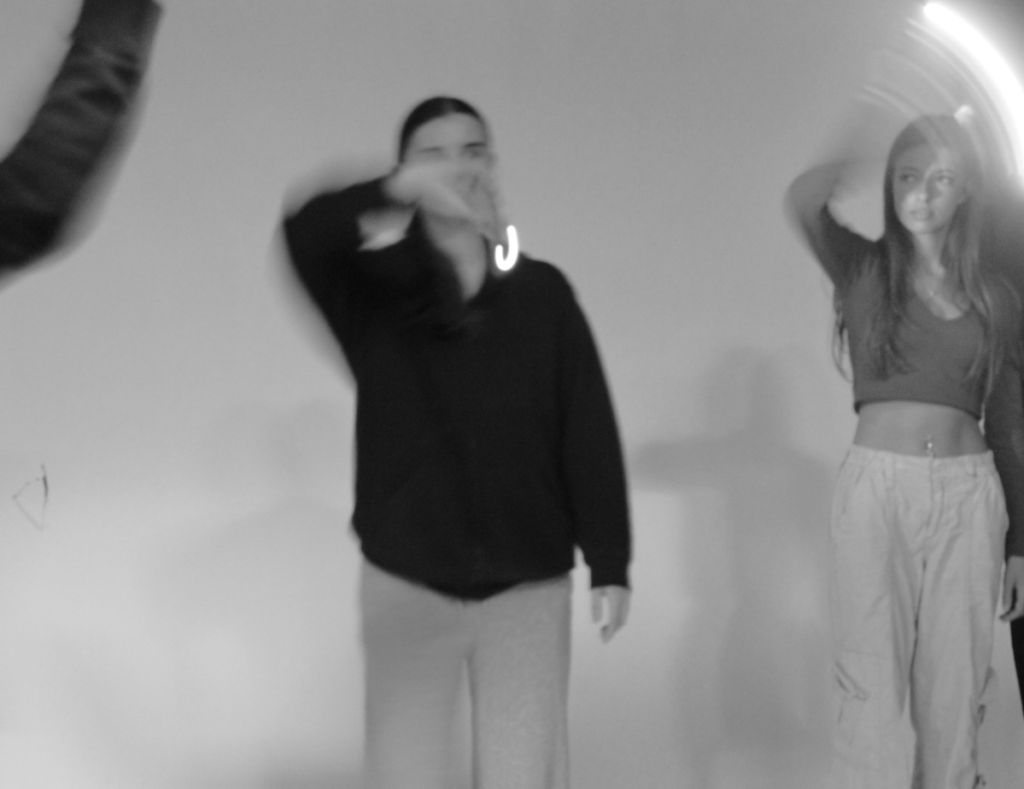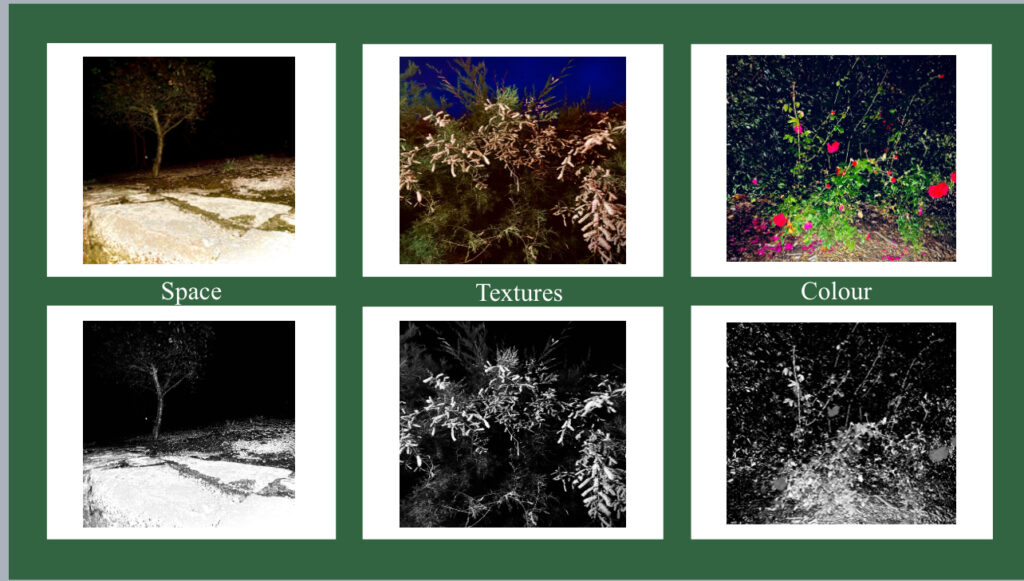CAMERA OBSCURA
The camera obscura is an optical device that served as the starting point for cameras. It consists of a darkened room or box with a small hole on one side so when light passes through it projects an inverted, upside down image of the outside scenery onto a wall if its in a room or a surface of the inside of a box.
Sometimes it can be difficult to see that the camera obscure was the origin of photography because technically it was scientifically founded and not invented by anyone so the fact is that it has always been around.
NICEPHORE NIEPCE
One of the pioneers of photography is Nicephore Niepce and the world’s first permanent photograph is credited by him. Using a technique called heliography, Niepce created what is thought to be the oldest surviving photograph in 1826. It took several hours or possibly days to create using a camera obscura. Niepce’s creation established the groundwork for contemporary photography. But for a variety of reasons, including technical ones like being overshadowed by a later invention and the changing perception of photography as a medium, he wasn’t always acknowledged as the first photographer. His creation had some important drawbacks, such as extraordinarily long exposure durations and comparatively weak image quality. Because of this, it became less useful.
Henry Fox Talbot
Henry Fox Talbot created hotogenic Drawing, one of the first photography processes, in the 1830s. It entailed applying a silver chloride coating to paper that darkened in response to light. When objects were positioned directly on the paper, sunlight would darken the exposed portions while leaving the covered portions light, producing a negative image. By establishing the idea of making negatives, this procedure constituted a significant milestone in the history of photography and made it possible to eventually make reproducible photographic prints.
In his early photography efforts, he employed little camera obscuras called mousetraps to take pictures. These gadgets were called “mousetraps” because of the way they looked—small, like boxes. Talbot utilised the cameras to take pictures by inserting light-sensitive paper inside of them.
Daguerreotype
One of the first types of photography is the daguerreotype, which Louis Daguerre created in 1839. It is a direct-positive method, which means that no negative is needed to produce a single, distinct picture on a polished copper sheet that has been plated in silver. The result is an extremely detailed image that can be viewed from many perspectives and has a surface that resembles a mirror.
Despite being revolutionary, the daguerreotype system did not achieve the same level of success as other inventions due to its inability to make duplicate images and its limited scalability. In addition, it was a more costly and intricate procedure that needed dangerous chemicals and silver-coated plates.
Anna Atkins
The first book illustration using photography was British Algae: Cyanotype Impressions by Anna Atkins, published in 1843. A photographer’s toolkit has included this technique of using light to trace the contours of objects on receptive surfaces since the beginning.
A cheap, slow-reacting photographic printing formulation, the cyanotype is sensitive to a narrow range of blue and near-ultraviolet light spectrum, the so-called UVA radiation range, which is between 300 and 400 nm. The device generates a black-and-white, blue-colored print on various surfaces, frequently utilised for artwork and blueprint reprography. In general, the procedure requires two chemicals for any given purpose.
Richard Maddox
The dry plate photographic process was created in 1871 by Richard Leach Maddox. This innovation took the role of the previous wet plate method, which made photography labour-intensive and time-sensitive because it required photographers to coat and develop plates while they were still wet. Greater convenience and flexibility were provided by the gelatin emulsion coating applied to Maddox’s dry plates, which could be made ahead of time and utilised afterward. This breakthrough established the foundation for contemporary photographic film and made photography more easily transportable and accessible.
Muybridge’s famous Motion Study
Muybridge collaborated with Leland Stanford, a businessman and ex-governor of California, in the 1870s on an innovative project to resolve a dispute about whether all four hooves of a horse are off the ground at the same time during a gallop. Stanford, with a strong interest in horse racing, had a firm belief in this statement and assigned Muybridge the task of confirming it using photography.
Eadweard Muybridge’s innovative use of sequential photography to capture motion is seen as a key influence on the creation of motion pictures, making him a pioneer of cinema. During the late 1800s, Muybridge utilized multiple cameras to capture images of animals and people in motion, analyzing their movements by capturing individual frames. “The Horse in Motion” (1878), his best-known masterpiece, illustrated how consecutive still images could create the illusion of continuous motion.
Muybridge subsequently created the zoopraxiscope, a tool that displayed pictures in succession, giving the impression of movement – essentially an early version of film projection. His examination of movement, along with his advancements in technology, had a direct impact on the progress of cinematography. His research demonstrated that single frames could be pieced together to mimic authentic movement, which later served as the fundamental basis for film and animation.
George Eastman
George Eastman transformed photography by changing the technology and process, making it available to more people. His main innovations focused on streamlining the photo-taking process and reducing costs, enabling amateurs to easily capture and develop photos. Eastman established Kodak, formally known as the Eastman Kodak Company, in 1892. The company transformed the world of photography by introducing cost-effective and user-friendly innovations like roll film and compact cameras like the Kodak camera, making it accessible to the general public.
The Kodak Brownie
The first Kodak camera was originally named the “roll holder breast camera” based on the design of the film roll. Eastman himself coined the name “Kodak,” which made its debut in December 1887.
Eastman established the foundation for enabling photography to be available to all with the Kodak camera. The Brownie, an Eastman Kodak innovation, was a basic box camera with one lens and utilized roll film. Customers will be given a camera with photos already on it, are supposed to take their own photos, and then return the camera to Kodak. The company will proceed to create the film, produce the photos, replace the film in the camera, and give it back to the customer.
Digital Photography
In 1969, the groundwork for digital photography was laid by an Eastman Kodak team, with engineer Willard Boyle and physicist George E. Smith creating the charge-coupled device (CCD). This advancement in technology enabled the electronic capture of images, signifying a major departure from traditional film photography. The CCD sensor transformed light into electric signals, allowing for the digital recording and saving of pictures. Even though it would be many years before digital photography was widely available and film was replaced, this advancement set the stage for the development of digital cameras and imaging technology in the future.






